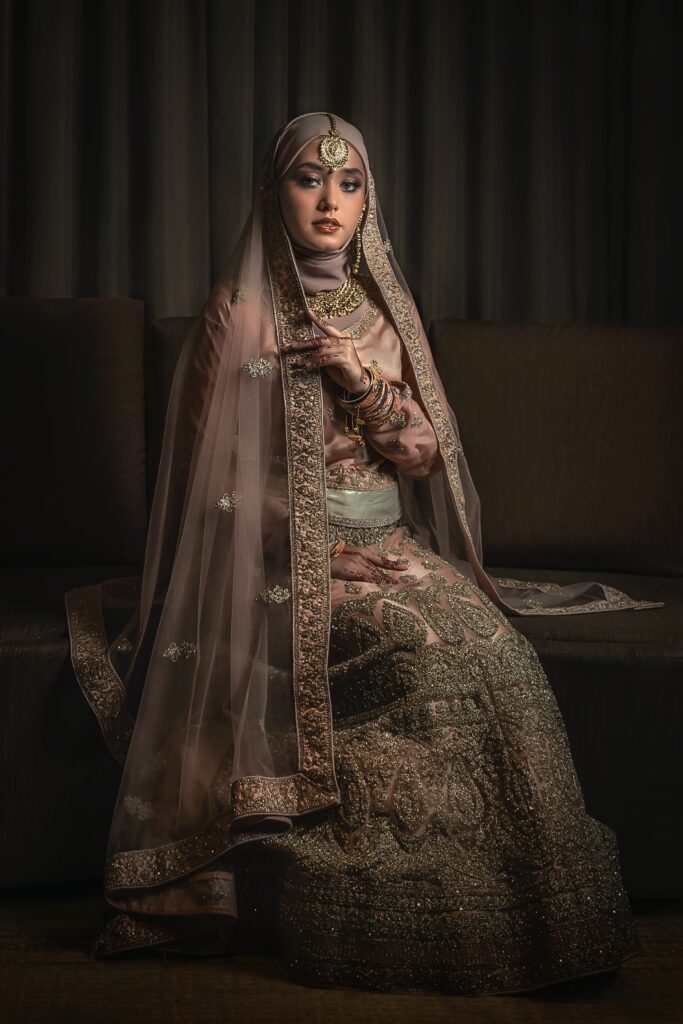What are Cultural Clothing and Traditional Dress
Clothing is a crucial aspect of our identity, and cultural clothing is the most vivid and comprehensive representation of who we are. Cultural clothing and traditional dress not only serve the purpose of covering our bodies but also represent our heritage, identity, and community. In many cultures, clothing is not merely an external covering but also a reflection of our beliefs, values, and history. This blog will explore the significance of cultural clothing and traditional dress, why they are still relevant today, and how they continue to impact our society.
Cultural Clothing and Traditional Dress: An Overview
Cultural clothing and traditional dress are terms that refer to apparel that is specific to a particular culture or community. It is different from everyday clothing in that it is often steeped in history, custom, and symbolism. Traditional dress is clothing that has been worn by a community or society for generations, while cultural clothing can be more recent adaptations of traditional dress. Both cultural clothing and traditional dress serve to identify a particular group, and their design and symbolism can be used to tell the story of a culture’s history, customs, and beliefs.

The Importance of Cultural Clothing and Traditional Dress
Preserving Culture-One of the most critical role of cultural clothing and traditional dress is preserving culture. They help to maintain and pass down a community’s values and beliefs to the next generation. In many cultures, traditional dress is worn during ceremonies, religious events, or even on a daily basis, ensuring that the culture’s unique identity is continually reinforced. This tradition keeps the community’s values and customs alive, and the younger generation learns about their heritage and the importance of their culture.
Strengthening Social Bonds
Cultural clothing and traditional dress also play a vital role in strengthening social bonds. Wearing a particular type of clothing or dress helps to identify members of a particular group, promoting a sense of belonging and pride in one’s cultural heritage. It creates a sense of solidarity within the community, which is essential for the maintenance of cultural traditions and values.
Celebrating Diversity
Cultural clothing and traditional dress can also help celebrate diversity. When people from different cultures come together, it is through their clothing that they can showcase their cultural identity. This diversity can foster an appreciation for different cultures and promote cross-cultural communication and understanding.
Impact on Society
Cultural clothing and traditional dress have had a significant impact on society. In many cultures, traditional dress is used as a symbol of resistance against colonialism and cultural suppression. The wearing of cultural clothing can be an act of defiance against westernization, a statement of reclaiming one’s identity and heritage.
Fashion Industry
The fashion industry is also significantly influenced by cultural clothing and traditional dress. Designers from different parts of the world use traditional dress and cultural clothing as inspiration for their fashion creations. This fusion of cultures helps to make fashion more diverse, and inclusive and celebrates different cultural aesthetics. Many fashion designers have also started collaborating with artisans from different cultures, promoting sustainable fashion and supporting small businesses in remote areas.
Challenges Faced by Cultural Clothing and Traditional Dress
Despite the many advantages of cultural clothing and traditional dress, there are challenges faced by them today. One of the main challenges is the commercialization and commodification of traditional dress. In some cases, the meaning and symbolism of traditional dress have been lost, and they are now sold as souvenirs or fashion items. This commercialization often leads to the appropriation of traditional dress, where people from other cultures wear traditional clothing without understanding its meaning or significance.
Another challenge is the loss of traditional skills and techniques used to create cultural clothing. With the availability of modern machinery and technology, traditional techniques are slowly being lost, leading to a decline in the quality and authenticity of traditional dress.
Conclusion
In conclusion, cultural clothing and the fashion industry plays a significant role in representing and preserving a community’s cultural identity. However, this representation comes with its own set of challenges, such as cultural appropriation, lack of representation, and the loss of traditional techniques. To overcome these challenges, it is important to respect and acknowledge the origins of cultural clothing, ensure fair representation, and actively work to preserve traditional techniques. By doing so, we can celebrate and appreciate the diversity and richness of different cultures, while also supporting and sustaining their traditions.





Thank you for the articles